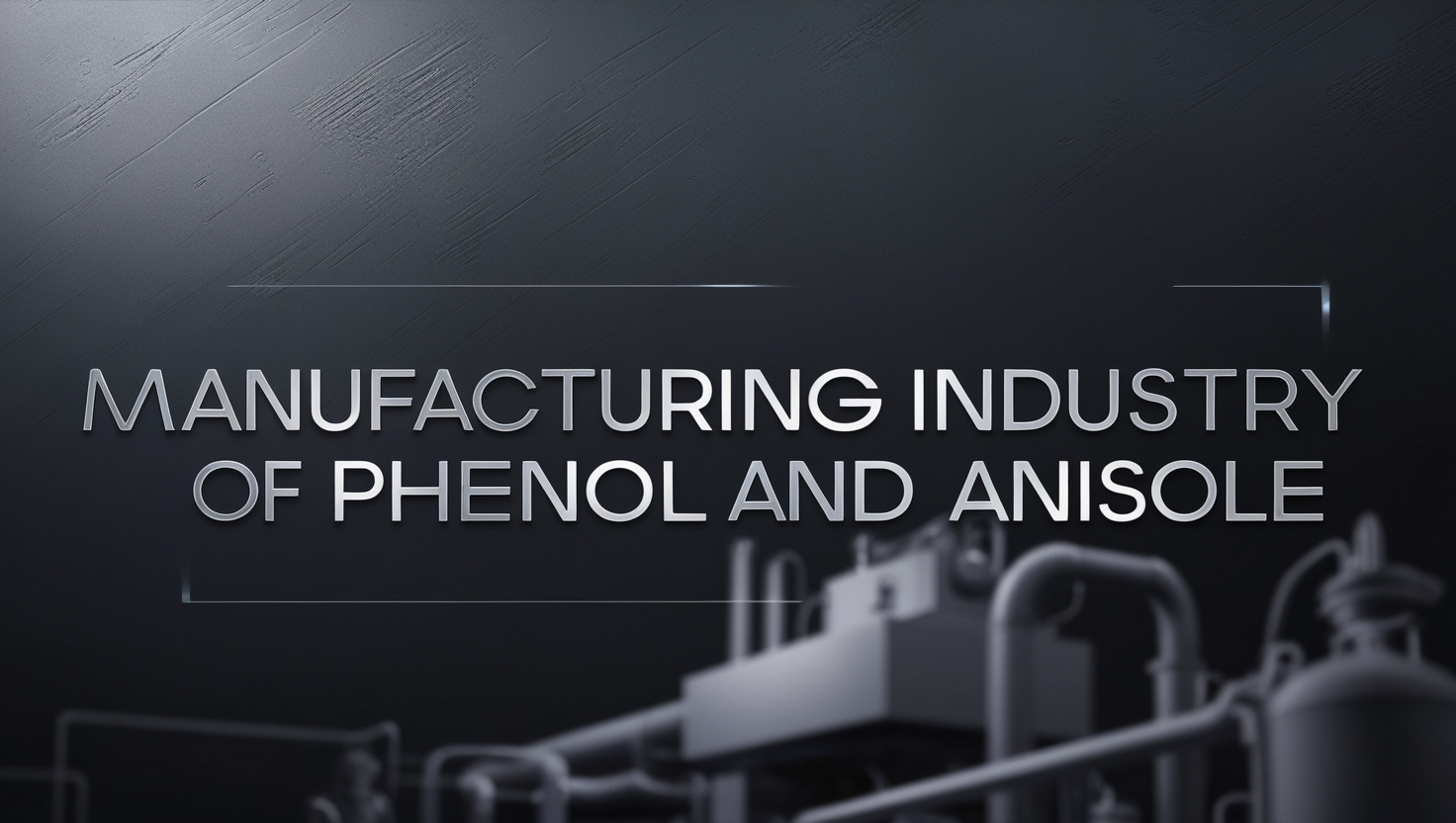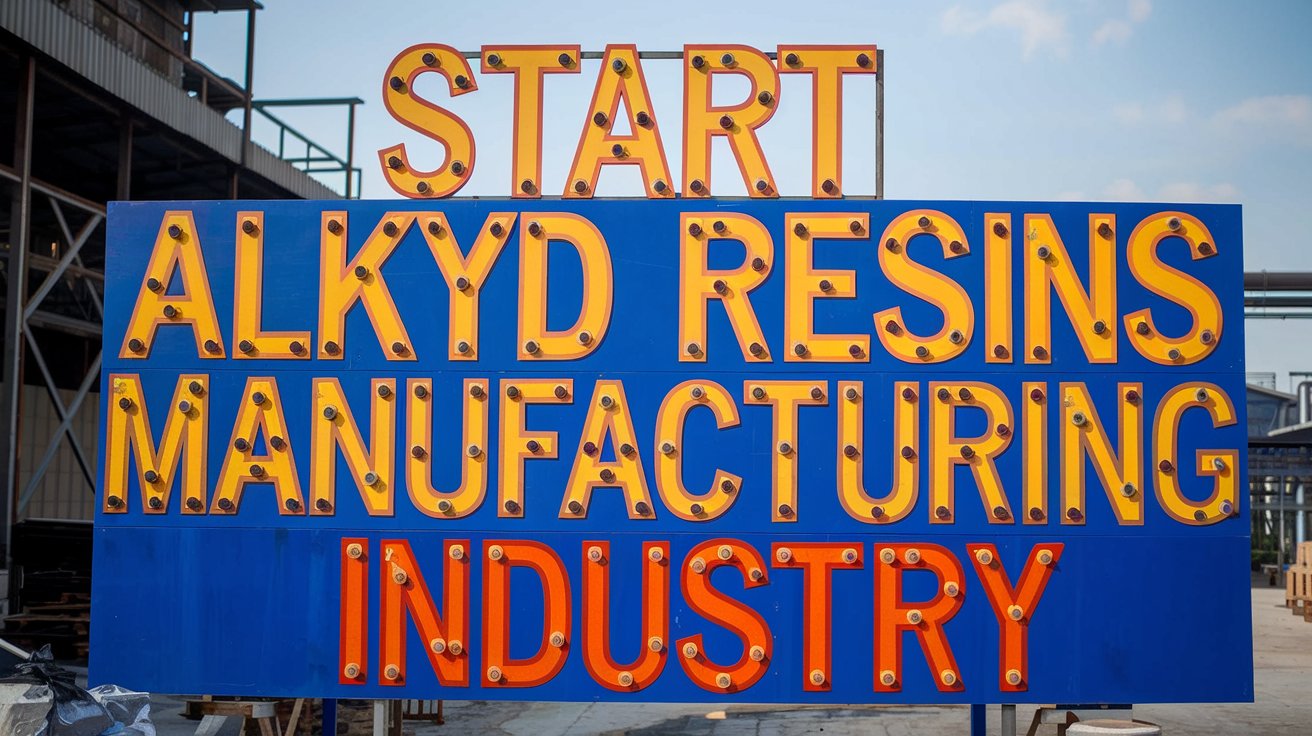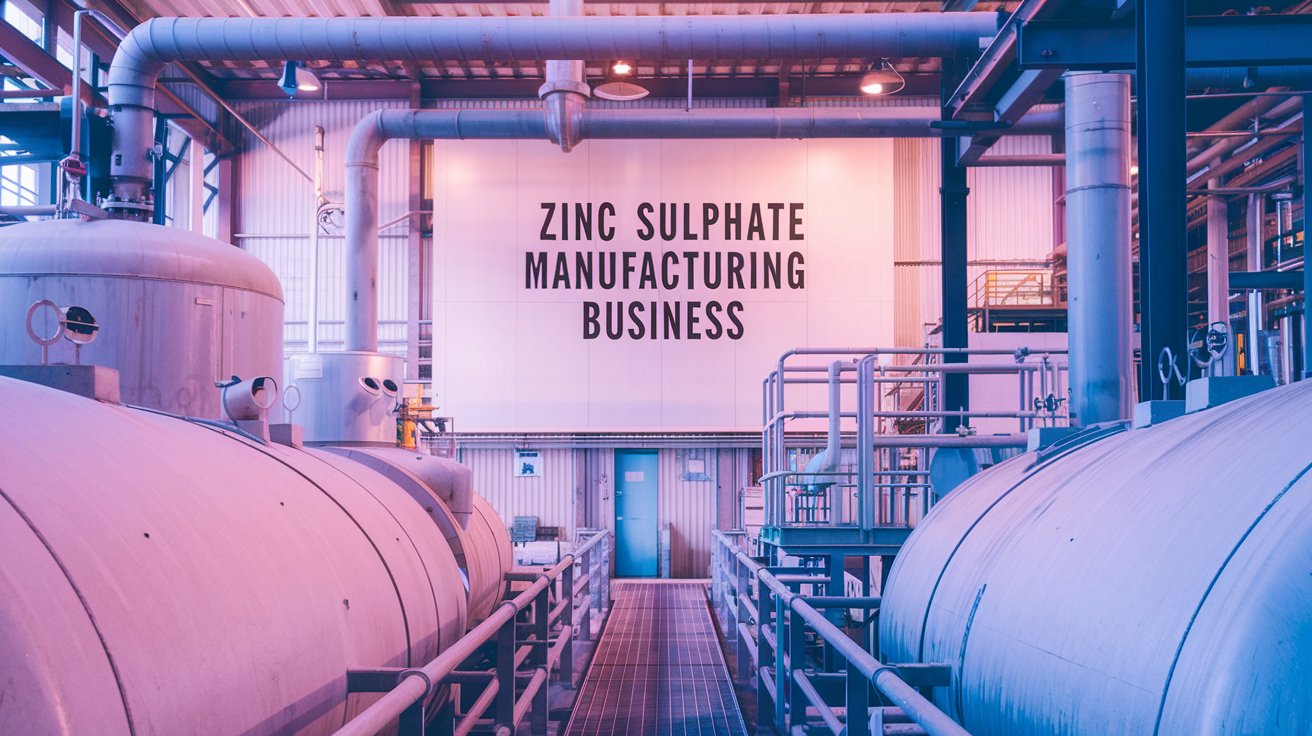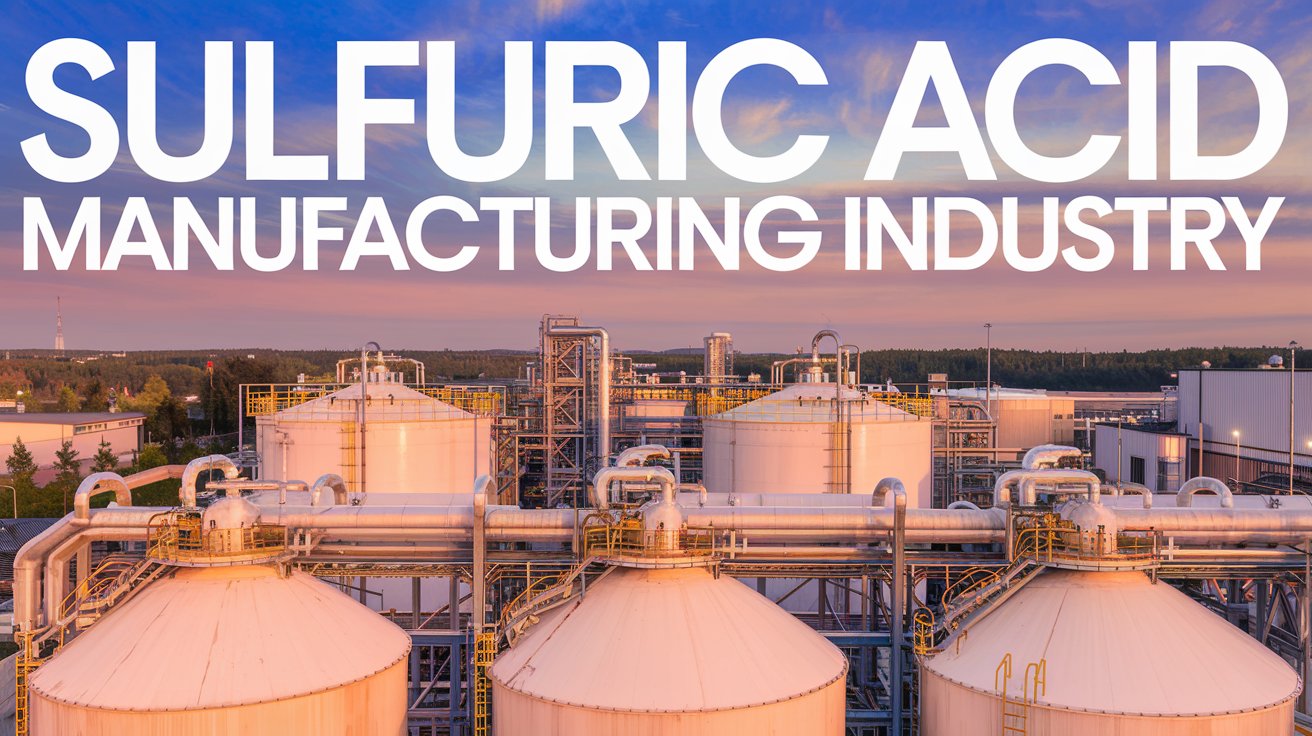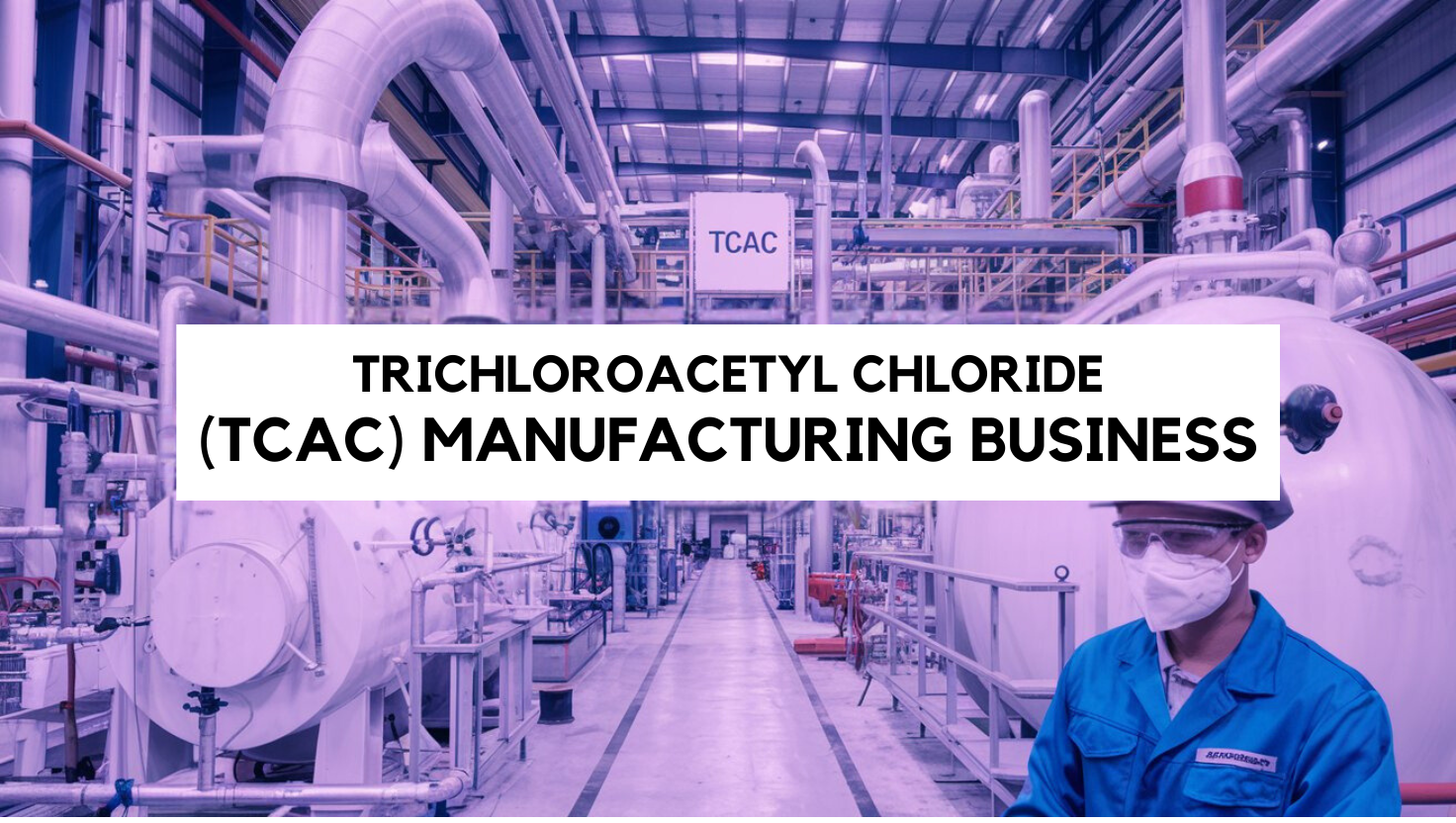Within the modern world economy, the chemical manufacturing industry happens to be an important player through provision of products crucial for different sectors. Among them are phenol and anisole which stand out because of their varied industrial applications as well as high profit margins. On one hand, phenol is mainly used in production of plastics, resins and pharmaceuticals; however, on the other hand anisole that comes from phenol is often used in perfumes, flavoring substances and can also be an intermediate used during chemical synthesis. The demand for these chemicals has prompted the establishment of Phenol & Anisole Manufacturing Business which offers a good opportunity. If you are up to this task then go on reading this article that will take you through all stages starting from market research to production facilities setup and selling your products.
What are Phenol and Anisole?
Phenol (C₆H₅OH) is a type of aromatic organic compound that is derived from benzene. This substance plays a vital role in producing many chemicals such as bisphenol A – which is found in plastics-, phenolic resins among others; it’s also widely found in adhesive substances, coatings as well as antiseptic formulations.
Anisole (C6H5OCH3) is one of organic ether compounds that originate from phenol owing its formation on replacing hydroxyl (-OH) group with methoxy (-OCH3) . Anisole primarily finds its application in the fragrance industry, pharmaceuticals and as a precursor for other chemicals made through its synthesis.
Why Start a Phenol and Anisole Manufacturing Business?
- High Market Demand
With the availability of their varied applications, demand for phenol and anisole is on the rise. Plastics, pharmaceuticals and adhesives production is not complete without phenol. Anisole has gained popularity as a fragrance ingredient in modern perfumes and also serves as a building block for many pharmaceutical drugs. Likewise, the increasing demands from industries have resulted in a corresponding rise in demand for these chemicals.
- Diverse Product Range
Phenol is found in many products including medicine and industrial glues while anisole finds uses in niche sectors such as perfumes, flavors for foodstuffs and the production of drugs. Therefore due to this diversity there are numerous clients that are always on the lookout hence sustaining constant business opportunities.
- Sustainability
Chemical producers are gradually shifting their focus towards more responsible methods of production that involve chemicals that are environmentally friendly. The production process of phenol matches this concept especially when it uses sustainable measures. As such, anisole also enjoys the advantage of using environmentally cautious modes during synthesis practiced within the chemical industry.
- Synthesis Promise
Various technologies and processes emerge to enhance the efficiency as well as quality of chemical products leading to the constant transformation of the chemical industry. One way that such growth opportunities can be explored is through reforms in methods applied in the production of both phenol and anisole. Research & Development (R&D) is another key strategy that would help you market your product effectively since it enables you create distinct products that are cheaper and better.
- Aid by Government
Most governments all over are on an effort to expand their chemical industries through subsidies, grants and other incentives particularly for those engaged in production of biodegradable or sustainable chemicals.Take advantage of government programs that encourage green chemistry and chemical production.
Benefits of Starting a Phenol and Anisole Manufacturing Business
- High Profit Margins: Established companies that produce phenol and anisole can have high profit margins because they are demanded by various sectors.
- Diverse Market: Depending mainly on one market is risky; thus phenol and anisole can be supplied to different industries across sectors.
- Sustainability: Future industry standards dictate the need for green production methods; therefore, creating an eco-friendly process for phenol and anisole would be in line with these expectations.
- Innovation: This leaves plenty of room for coming up with new techniques for producing them and finding new uses which can set you apart from competitors.
- Global Reach: There is a worldwide demand for these products which provides access to foreign markets and opportunities for expanding business operations.
Top Applications of Phenol and Anisole
- Applications of phenol
- Plastics & Resins: The synthetic resin for polycarbonates and epoxy resins, phenolic resins have become part of other materials like electronics and auto parts.
- Pharmaceuticals: They are found in antiseptics among other medicinal preparations and are intermediate products in the manufacture of drugs.
- Adhesives and Coatings: One common application of phenolic resins derived from phenol is to make adhesives used for plywood as well as laminates, protective coatings etc, for example.
- Automotive Industry: High performance Is achieved through the use of phenol based resins which are used to make certain components of cars, motorcycles and bicycles.
- Applications of anisole
- Fragrance Industry: Anisole is used extensively for perfumes as it contributes to their sweet scent but does not overly dominate them.
- Pharmaceutical Intermediates: For instance it is used in synthesizing various types of anesthetics or painkillers.
- Food Flavorings: By virtue of its subtle sweet taste, anisole finds application in the food industry as a flavoring agent especially in some foodstuffs.
- Specialty Chemicals: One of the uses of anisole is as an intermediary in special organic chemicals’ manufacture.
Production Methods for Phenol and Anisole
Phenol Production
- Cumene Process:
- Step 1: Benzene Alkylation: In the first stage of cumene production process, benzene is subjected to propylene alkylation so that cumene (isopropylbenzene) is obtained. The step usually involves a phosphoric acid catalyst in a fixed bed reactor.
- Step 2: Cumene Oxidation: The cumene unit produces cumene hydroperoxide after being oxidized with air under the influence of cobalt or manganese catalysts.
- Step 3: Acid Cleavage: Acid cleavage reaction of cumene hydroperoxide generally takes place in sulfuric acid presence and leads to phenol and acetone as by-products. This is an essential step because some quantities are needed for industries such as pharmaceuticals, agriculture, defense etc.
- Step 4: Separation and Purification: A distillation system will separate out raw phenol from other materials while crystallization methods create purity levels high enough for commercial use.
Anisole Production
- Methylation of Phenol:
- Step 1: Methylation Reaction—Phenol reacts with methanol at high temperatures in presence of an acid catalyst (usually zinc chloride or sulfuric acid), giving anisole; i.e., phenyl methyl ether.
- Step 2: Separation—During this process, unreacted phenols and methanol are separated from the distillate which contains anisole.
- Step 3: Purification—The ensuing distillation allows for purification enough to meet standards expected when using fragrances or specialty chemicals in pharmaceuticals among others.
Essential Machinery and Equipment for Phenol and Anisole Manufacturing
Establishing a phenol and anisole production plant entails acquiring various kinds of machinery and equipment. Here is an abridged version of what you will require.
- Reactors: Important for chemical reactions such as benzene alkylation and phenol methylation. Examples are batch reactors and continuous reactors.
- Distillation Columns: They separate phenol and anisole from other products; thus, these columns play an important role in obtaining the desired purity levels.
- Purification Systems; These include crystallizers and filter systems that carry out more refining and purifying processes on their final products.
- Storage Tanks: For storing raw materials like benzene, methanol, and intermediates. Proper storage is critical to safety and efficiency.
- Pumps and Pipelines: Chemical transportation between various stages of the process.
- Automation Systems: Their purpose is to control and monitor operations so as to increase efficiency while minimizing instances of manual errors.
- Quality Control Laboratory; equipped with instruments for testing the chemical composition and purity of phenol and anisole thus ensuring compliance with industry standards.
- Safety Equipment; comprising ventilation systems, protective gear as well as emergency response equipment create an environment that is safe for work.
How to Set Up Your Phenol and Anisole Manufacturing Industry: Step-by-Step Guide
-
Execute the market examination
The significance of market examination can never be over emphasized for a successful phenol and anisole business. Inquire about present dynamics on chemical consumption within sectors such as; plastic, medicine or scent production.
Similarly, identify providers in that area i.e., those who supply raw chemicals used when making them Fervex or Casio, level of consciousness among these players, and the potential opportunities that exist in the biochemical industry.
-
Prepare a business proposal
Creating an advanced business plan is the foundation of any successful business idea. Consider:
- Production Volume: How many liters in gallons of phenol and anisole do you want to produce?
- Target Market: Which particular countries or industries need these chemicals most?
- Financial Plan: Your expenses should be outlined here along with your income expectations as well as profit margins.
- Marketing Strategy: You can reach out to potential customers (including producers of drugs or even people who manufacture other chemicals) through tailoring their own make products.
3.Compliance with regulatory frameworks
For a chemical manufacturing plant to be safe there is a need to conform to health,safety and environmental regulations.In fact it has been demonstrated that phenomena with hazardous classes such as phenol require very tightly controlled procedures so as not to endanger people or the ecosystem.This also means that one has to comply with local, national and international laws
-
Equipment and Infrastructure
Setting up a phenol and anisole production facility requires specific equipment:
- Manufacturing Unit: Install reactors, distillation columns, and purification systems for the production process.
- Raw Material Handling: Ensure proper storage for hazardous materials such as benzene and methanol.
- Automation Systems: Implement automated systems to monitor production, reduce human error, and improve efficiency.
- Quality Control Lab: Equip a laboratory to test the purity of your phenol and anisole products.
-
Procurement of Raw Materials
Steady supply of essential raw materials like benzene, propylene and methanol is crucial for uninterrupted production process.Communicate closely with suppliers so that you can always get most reliable feedstock.Phenol production usually follows the cumene process while anisole is produced through methylation of phenol.
6. Production Process for Phenol
- The Cumene Process: In this procedure, the alkylation of benzene happens by propylene which forms cumene that can later be oxidized to yield phenol and acetone as a byproduct.
- Separation and Purification: The crude phenol is separated and purified in order to meet the industry standards.
-
Production Process for Anisole
It is made by methylating phenol with dimethyl sulfate or methyl chloride:
- Methylation Reaction: The reaction between methanol and phenol results in anisole production.
- Separation and Purification: The market ready anisole is obtained from purifying its crude form.
-
Quality Assurance
It is important if you want to gain confidence within the market through consistent product quality. Adopt strict measures on quality control so as to observe the purity. Chemical composition of phenol and anisole as defined in industry standards. Also it should be mandatory to conduct regular tests in the quality control laboratory.
9. Sales and Marketing
Develop and implement a broad-based marketing and sales strategy for reaching potential buyers in multiple sectors:
- Direct B2B Marketing: Connect with different chemical, pharmaceutical and plastic manufacturers through relationship building.
- Digital Marketing: Engage online platforms to publicize your business to international customers.
- Industry Networking: Participate in trade fairs as well as chemical exhibitions where you can present your goods while establishing contacts with prominent persons within the same field.
10. Research and Development (R&D)
Invest part of your revenues on R&D so as to investigate novel ways of production, minimize costs and uncover new uses for phenol and anisole. This is because continuous innovation is essential for business sustainability within this sector.
Conclusion
Launching a manufacturing industry for phenol and anisole is an attractive idea with far-reaching possibilities. These agents are vital to various sectors including plastic, cosmetics, medical, and food additive sectors. Capitalizing on green chemistry, creativity and strict quality management can help to develop a successful business in this growing field.
The increasing market of phenol and anisole could be tapped by both experienced entrepreneurs. As well as fresh entrants into the chemical industry after careful planning. Obtaining appropriate equipment and focusing on the quality aspect.
Some More Links
Join With Us
https://entrepreneurindia.co/
Related Blogs
https://www.niir.org/blog/starting-a-silicon-crystals-business/#
https://www.niir.org/blog/from-idea-to-reality-starting-own-sodium-benzoate-production/
Join us on YouTube
https://www.youtube.com/c/NIIRproject/playlists

